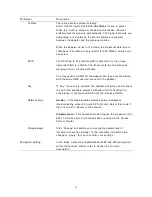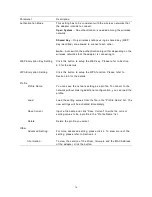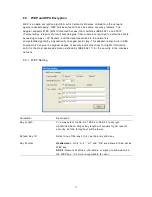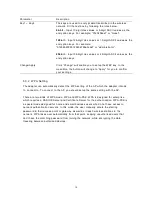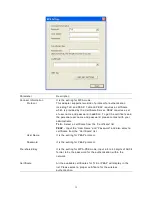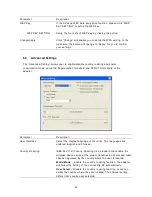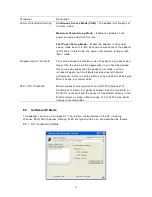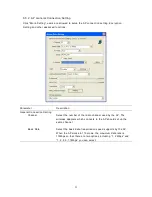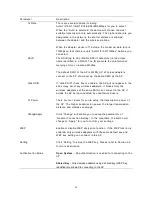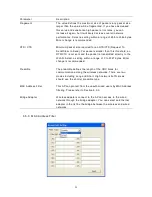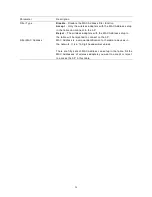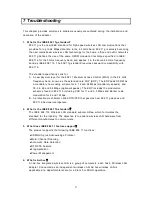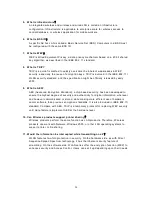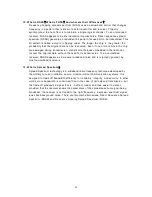
12. What is DSSS
?
What is FHSS
?
And what are their differences
?
Freque ncy- hop ping spread-spectrum (FHSS) uses a narrowba nd carrier that cha nges
freque ncy in a pattern that is know n to both transmitter and receiver. Properly
sync hro nized, the net effect is to maintain a single logica l cha nnel. To a n uninte nded
receiver, FHSS appears to be short-duration imp ulse noise. Direct-seq ue nce spread-
spectrum (DSSS) generates a redunda nt bit pattern for each bit to be transmitted. This
bit pattern is called a chip (or chipping code). The lo nger the c hip is, the greater the
probability that the original data ca n be recovered. Eve n if one or more bits in t he chip
are damaged d uring trans miss io n, statistical techniq ues e mbedded in t he radio ca n
recover the original data witho ut-the need for retransmissio n. To a n uninte nded
receiver, DSSS appears as low power wideband noise a nd is rejected (ig nored) by
most narrowband receivers.
13. What is Spread Spectrum
?
Spread Spectrum techno logy is a wideba nd radio freque ncy techniq ue de ve loped by
the military for use in reliable, secure, missio n-critica l communicatio n systems. It is
desig ned to trade off bandwidth efficie ncy for reliability, integrity, and sec urity. In other
words, more bandwidt h is co ns ume d tha n in the case of narrowband transmissio n, b ut
the trade off produces a signal that is, in effect, louder a nd thus easier to detect,
provid ed that the receiver knows the parameters of the spread-spectrum sig na l being
broadcast. If a receiver is not tuned to the rig ht freque ncy, a spread –spectrum sig nal
looks like backgro und no ise. There are two main alter natives, Direct Seque nce Spread
Spectrum (DSSS) a nd Freq ue ncy Hopp ing Spread Spectrum (FHSS).
29

